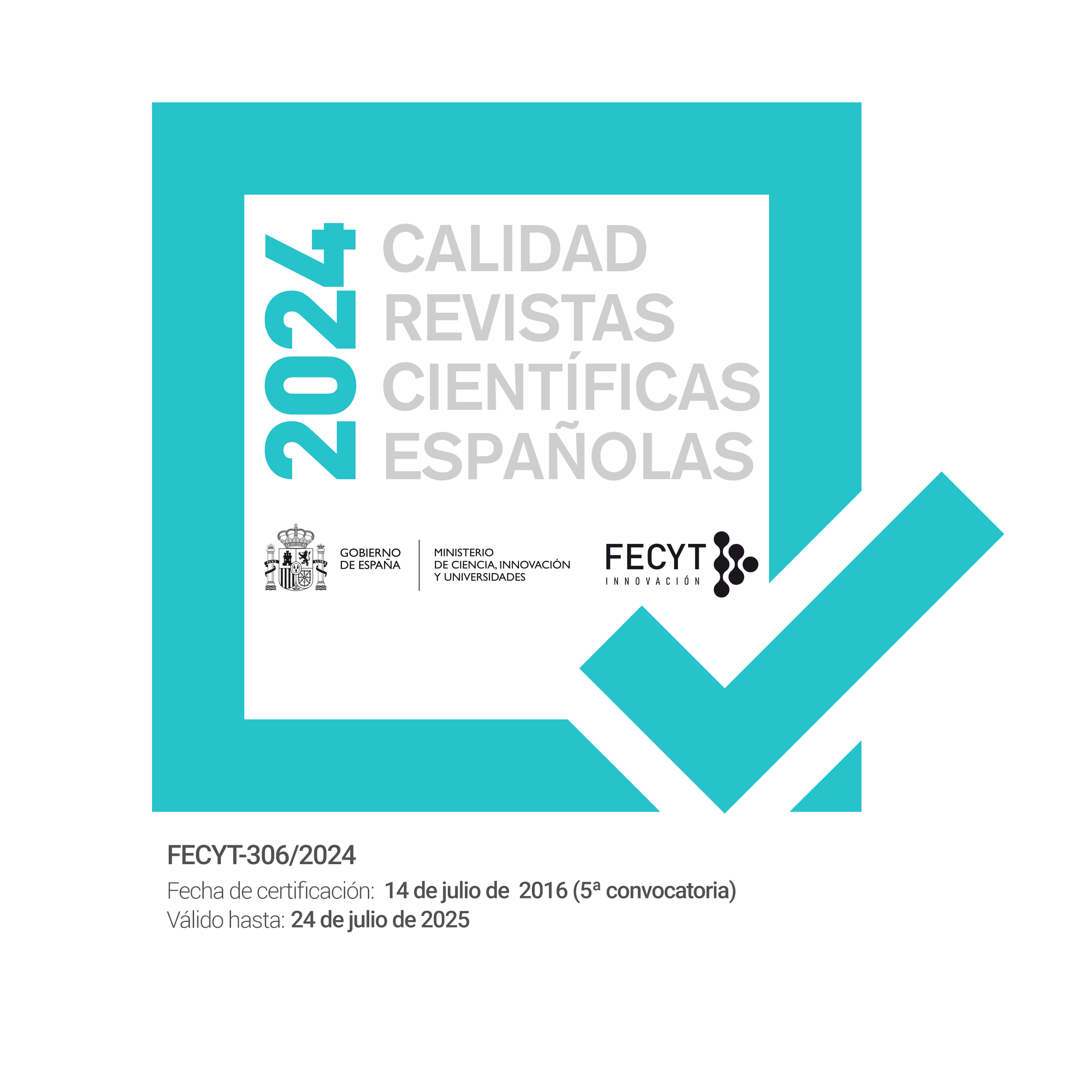Women in tech: Is it about skills?
DOI:
https://doi.org/10.22325/fes/res.2019.39Keywords:
competencies, gender, promotion training, ICT industryAbstract
Women inclusion in technological organizations is a challenge for contemporary societies. Firstly, be-cause of the importance and economic value of this sector and the need to take advantage of all the talent available. Secondly, for contributing to gen-der equality, promoting diversity and non-discrimi-nation that conform equity and social justice prin-ciples. The persistent lower proportion of women in this area has generated numerous theories and data in order to discover the key points of this gap. One of them focuses on the supposed mismatch be-tween competencies (related to management and technological tasks) associated with male skills but not female, and the demands of the techno-logical labour market. This work uses data from a survey interviewing women employees in the ICT in-dustry, focused on competencies, the importance of these competencies for the sector, and the training for achieving them.
Downloads
Additional Files
Published
How to Cite
Issue
Section
License
• The transfer of the copyright of the article to Revista Española de Sociología.
• The assignment to the Revista Española de Sociología of the rights of commercial exploitation of the article to third parties both in the offset and digital formats, as well as to the search engines and platforms that may serve as intermediaries for the sale or knowledge of the article.



